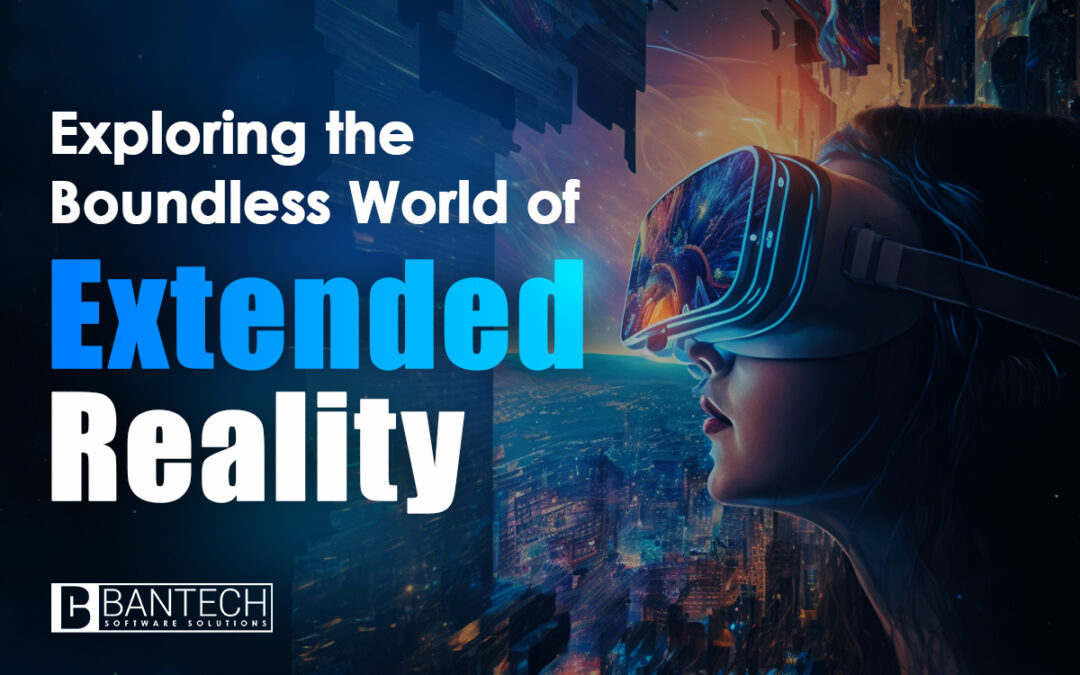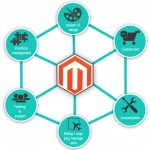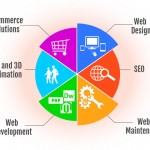Introduction
In the realm of technology, the lines between the virtual and the real are blurring, giving rise to a revolutionary concept known as Extended Reality (XR). XR is an umbrella term that encompasses Virtual Reality (VR), Augmented Reality (AR), and Mixed Reality (MR). Together, these immersive technologies are reshaping the way we perceive and interact with the digital and physical worlds. This article delves into the fascinating universe of Extended Reality and its transformative impact on various sectors.
Understanding Extended Reality
Virtual Reality (VR) immerses users in a completely virtual environment, shutting out the physical world entirely. VR headsets and controllers create a simulated reality, enabling users to explore digital spaces, interact with objects, and even participate in virtual experiences.
Augmented Reality (AR) overlays digital information onto the real world, enhancing our perception of the environment. AR applications, often on smartphones or AR glasses, blend computer-generated elements with the user’s real-world view. This technology finds applications in gaming, education, and navigation.
Mixed Reality (MR) merges the virtual and real worlds, allowing digital and physical objects to coexist and interact in real time. MR devices, like Microsoft HoloLens, enable users to see holograms integrated into their surroundings, creating compelling and interactive experiences.
Applications Across Industries
- Education: XR technologies are revolutionizing education by offering immersive learning experiences. Students can explore historical events in VR, dissect virtual organisms, or engage with AR-enhanced textbooks, making learning more engaging and interactive.
- Healthcare: XR is transforming healthcare through simulations for medical training, remote surgeries aided by AR guidance, and therapy sessions in VR environments. These applications improve medical training, enhance patient care, and provide innovative therapeutic solutions.
- Gaming and Entertainment: XR technologies have redefined gaming and entertainment experiences. VR games offer players immersive worlds, while AR-based mobile games like Pokémon Go blend digital creatures with the real world. MR experiences in theme parks and museums enhance visitor engagement.
- Architecture and Design: Architects and designers use XR to create virtual walkthroughs of buildings and spaces. Clients can experience architectural designs in VR, enabling them to visualize the final product before construction, leading to better-informed decisions.
- Retail and Marketing: XR is reshaping the retail industry by offering virtual try-on experiences for clothing and accessories. AR applications allow customers to visualize furniture in their homes before making a purchase decision, enhancing the online shopping experience.
Challenges and Future Prospects
Despite its immense potential, XR technology faces challenges, including hardware limitations, high development costs, and ethical concerns related to privacy and data security. However, ongoing advancements in XR devices, increased developer expertise, and a growing market demand are driving innovation and mitigating these challenges.
The future of Extended Reality holds promising prospects. As XR technologies become more accessible and sophisticated, they will continue to redefine how we work, learn, play, and connect with the world around us. From enhancing educational methods to revolutionizing industries, Extended Reality is at the forefront of the next technological revolution, offering boundless possibilities and reshaping our reality in ways previously unimaginable.









